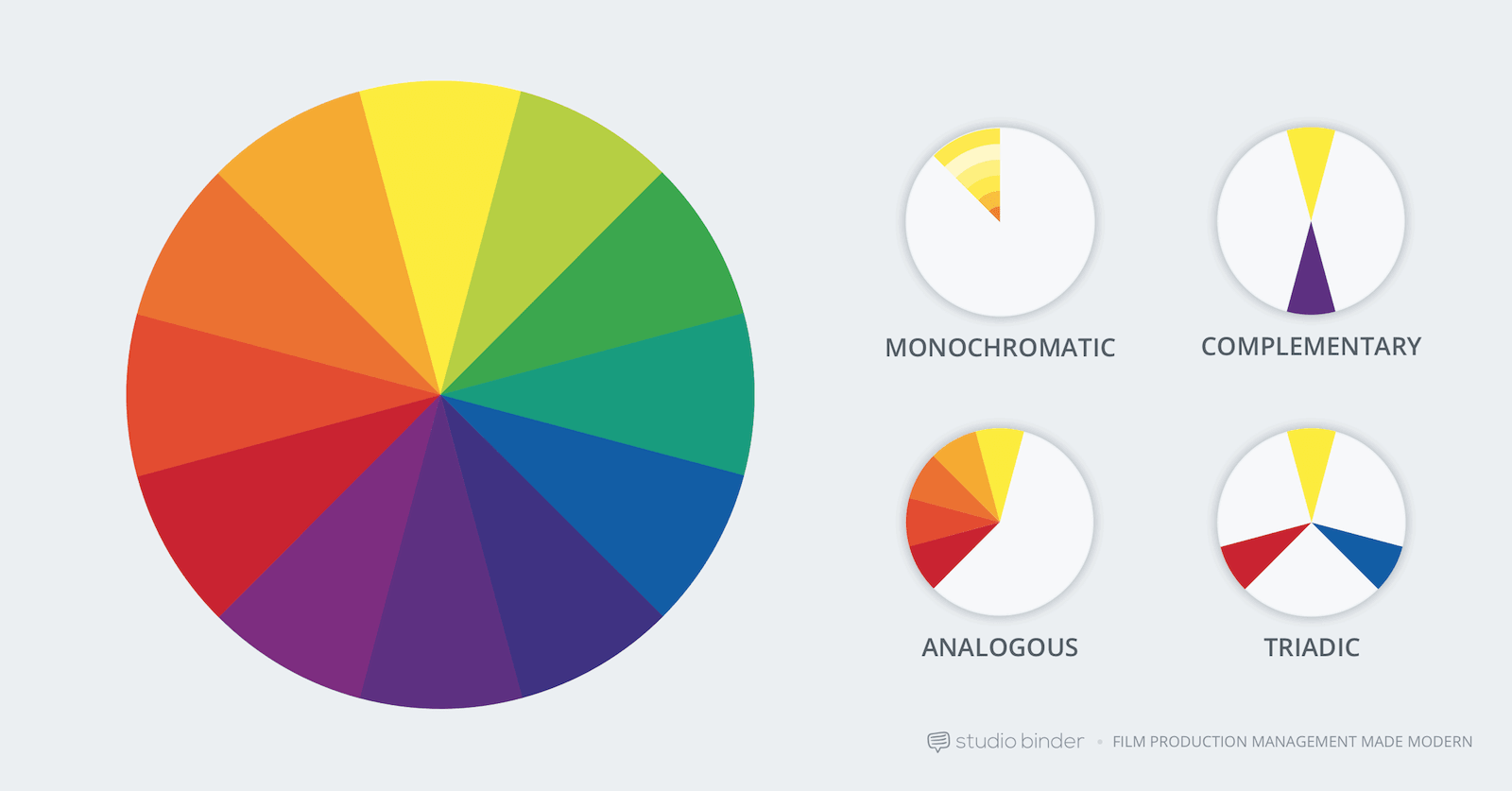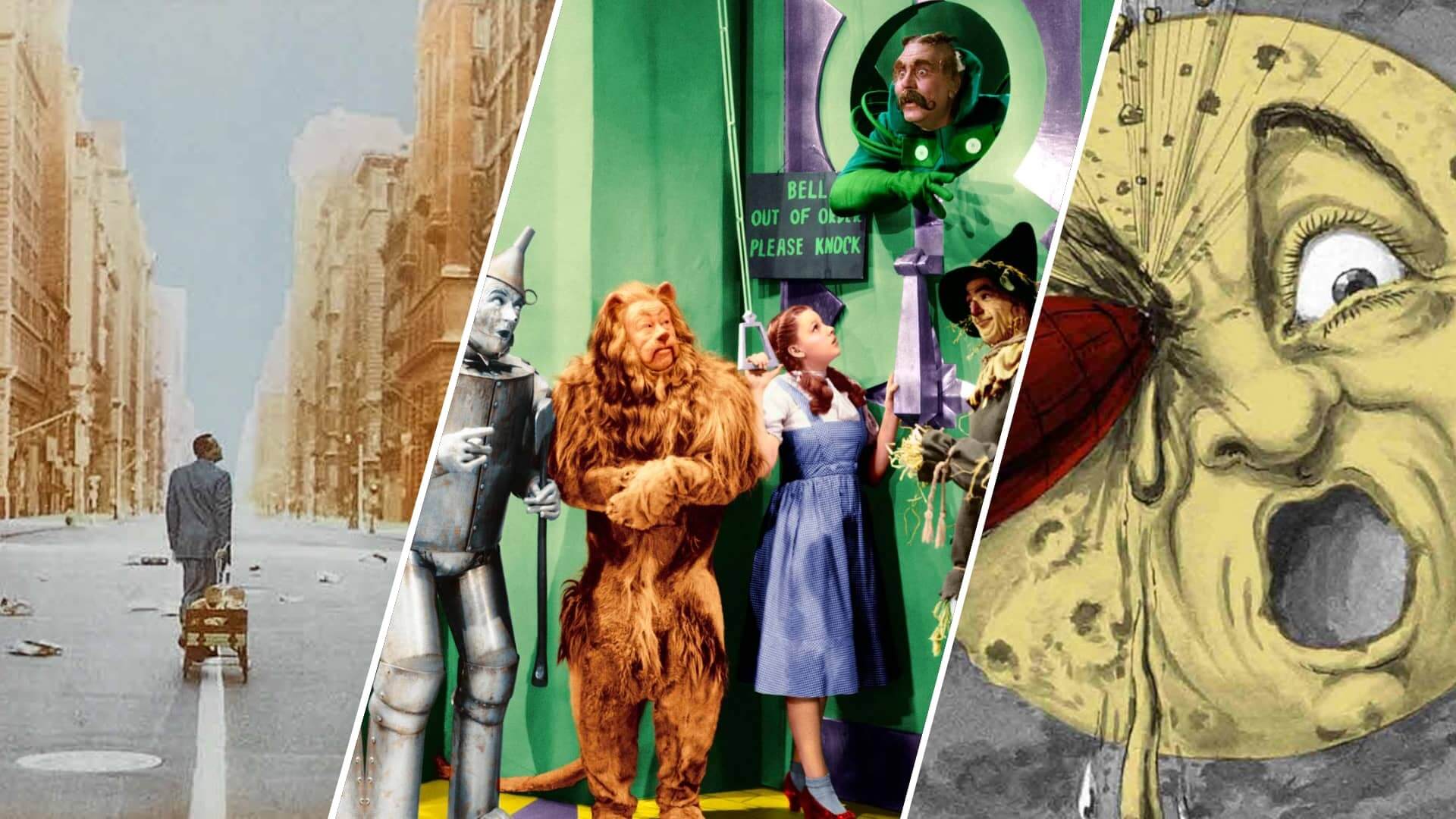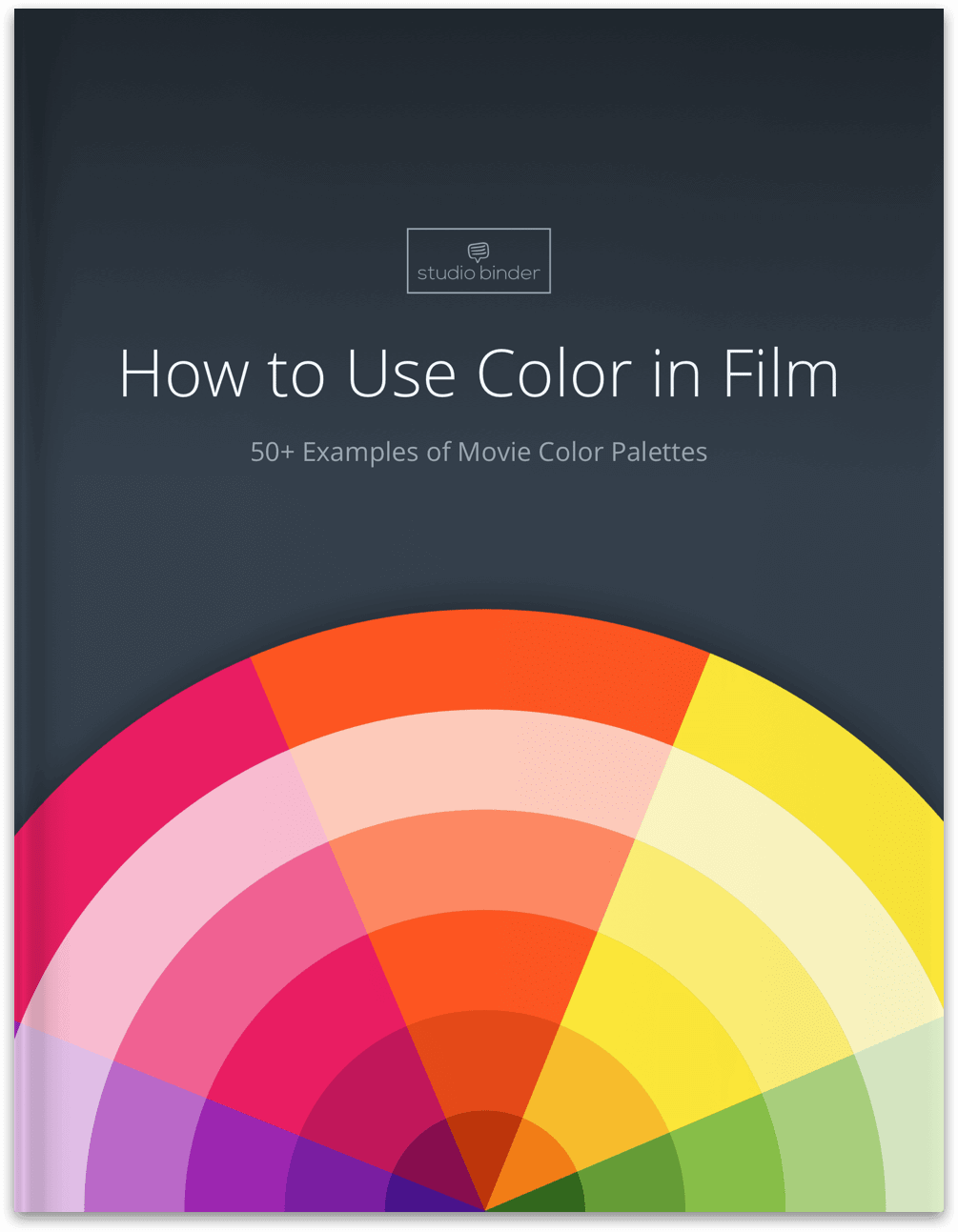One of the biggest misconceptions about cinematic history is that color was first introduced to movies around the 1930s. While this is true for specific color processes, filmmakers were attempting to incorporate color into their films as early as the first few decades of motion pictures. What was the first color movie and how did they implement color into film long before the Technicolor’s revolutionary process? What was Technicolor’s revolutionary process? Who is Technicolor? Don’t worry, we’ll dive into all of these questions and more in this article.
What was the first color movie
The very first color film
Many people think of Wizard of Oz as being the first color film in cinema history. While this is not technically true, we will dive into why that is a common misconception in just a bit.
But first let’s dive into the history of color in cinema to find the answer to the question, “What was the first color movie?”
FIRST MOVIE EVER MADE IN COLOR
What was the first color movie?
The first commercially produced film in natural color was A Visit to the Seaside (1908). The eight-minute British short film used the Kinemacolor process to capture a series of shots of the Brighton Southern England seafront. The first feature length, non-documentary film was The World, the Flesh and the Devil produced in 1914. The feature length drama film is now considered a lost film, but was the first feature length film to use the Kinemacolor process.
When did color movies come out?
The early days of color in film
Before the Kinemacolor process was used in film, directors used more laborious and expensive methods to introduce color in cinema. Color films date further back than people think.
Tinting was used in the early days of motion pictures to represent color in film, but portrayed an entirely monochromatic image.
Many early filmmakers and innovators employed the use of stenciling, or hand coloring film images. The movie A Trip to the Moon (1902) required an entire assembly line of workers to color every frame.
NOTE: The version embedded below is NOT the original color version. That restored version isn't available online. This is a 4K, 60fps colorized version but it should give you an idea of what the color version looked like.
A Trip to the Moon (1902) Color Film • What was the first color movie
For a film to have this kind of color in the early twentieth century is impressive, but it is hard to see how these color processes evolved into the coloring and color theory that we see today. How did these vintage coloring techniques evolve into what we see on the big screen today? Kinemacolor opened the doors to color technology in cinema.
Related Posts
What was the first colored movie?
Kinemacolor
The first known film to successfully use the Kinemacolor process was A Visit to the Seaside (1908). The Kinemacolor process was revolutionary. It utilized red and green filters on alternating frames to simulate the colors of the film. Take a look at the footage of the film and note the use of green and red in the Kinemacolor process that create various shades.
What was the first colored movie • "A Visit to the Seaside"
While the Kinemacolor process undoubtedly opened new doors to color in cinema, it still did not represent the full spectrum of colors on screen. The sole use of red and green filters left some images washed out. The lack of blue left out a range of the color spectrum from images.

What was the first color movie • Color Theory
This video by Wired breaks down the early days of color in cinema and how it arrived at what we know today.
The Evolution of Color in Film • First movie ever made in color
Color theory is something that has been utilized in modern film to better tell a story. Color theory can have an enormous impact on an audience. Check out our FREE E-book How to Use Color in Film to learn more about the use of color in cinema and storytelling and its impact on an audience.
Cinematography techniques pdf
FREE Download
How to Use Color in Film
Hue, saturation, brightness — the three elements of color that make all the difference. In this book, we'll explain the aesthetic qualities and psychology effects of using color in your images. Topics include color schemes like analogous and triadic colors and how color palettes can tell stories of their own.
As mentioned in the video, Technicolor was the primary company that revolutionized color in cinema. What is Technicolor and how did they get to their three-color film process?
Related Posts
First movie filmed in color with Technicolor
How Technicolor changed cinema
In 1914, Technicolor was born and began experimenting with various techniques to produce color movies. They used two projectors to try and create color through a prism. They even tried to imprint color on film stock which proved to be too costly. Unfortunately all of these techniques were too expensive and would require special projection equipment for theaters.
Then, in 1932, Technicolor used dye-transfer methods in a three-color film to create the most vibrant colors cinema has ever seen. Getting to this point, however, was no easy task. Take a look at this video by Vox that analyzes how Technicolor revolutionized cinema through three-color processing.
What was the first color movie with Technicolor?
As mentioned in the video, Technicolor’s revolutionary process was first used in Disney's short film Flowers and Trees. And although the process was still expensive, the technology was improved upon and was used in some of the most iconic films in cinema such as The Wizard of Oz (1939) and Gone With the Wind (1939).
Related Posts
UP NEXT
A Brief History of Motion Pictures
Filmmakers had been trying to include color in film as early as the invention of motion pictures. When was the invention of motion pictures? In our next article, we break down the history of cinema and the invention of movies.
Up Next: Film History 101 →
Showcase your vision with elegant shot lists and storyboards.
Create robust and customizable shot lists. Upload images to make storyboards and slideshows.

